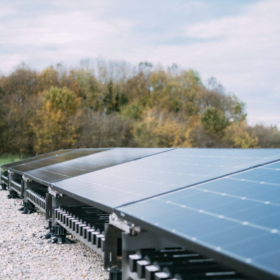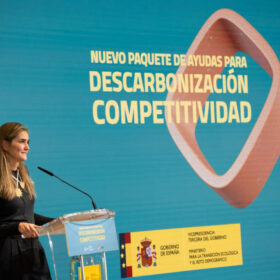波士顿大学全球可持续发展研究所的一项新研究发现,超过60%的能源基础设施项目超出了计划建设成本。研究人员们分析了83个国家的662个项目的数据,这些项目的建设时间跨度从1936年到2024年,总投资为1.358万亿美元。
这项研究涵盖了广泛的项目类型。其中包括以煤、石油或天然气为燃料的热电厂,以及核反应堆、水力发电设施和风力发电场。该项研究还调查了大型光伏和聚光太阳能装置、高压输电线路、生物能源和地热发电厂、氢气生产场所以及碳捕获和储存系统。
研究人员们对装机容量超过1 MW的发电厂、10公里以上的输电线路、年处理1000吨以上二氧化碳的碳捕捉系统等最低门槛项目进行了建模。 《超越规模经济:从全球能源基础设施项目的建设成本超支风险和时间延迟中吸取教训》发表在《能源研究与社会科学》杂志上。在该研究报告中,作者发现,能源基础设施建设比计划时间长40%,平均延迟约两年。
核电站的成本超支和延误率最高,平均建设成本超出预期102.5%,即15.6亿美元。水电项目平均超支36.7%,位居第二,其次是地热(20.7%)、碳捕获(14.9%)和生物能源(10.7%)。风能项目的平均成本增加了5.2%,而氢气项目的成本增加了6.4%。
相比之下,光伏电站和输电基础设施的成本分别比预期成本低2.2%和3.6%。
施工延误也因技术而异。核电、水电和地热项目的平均延迟时间分别为35个月、27个月和11个月。光伏和输电基础设施的建设表现最好,通常提前完成,或者只有最小的延迟——如果有延迟,平均一个月。
该研究得出的结论是,容量超过1,561 MW的项目面临着明显更高的成本升级风险,而较小的模块化可再生能源建设可能会降低财务风险并改善预期。一旦施工延误超过87.5%,成本增幅就会急剧上升。
This content is protected by copyright and may not be reused. If you want to cooperate with us and would like to reuse some of our content, please contact: editors@pv-magazine.com.













By submitting this form you agree to pv magazine using your data for the purposes of publishing your comment.
Your personal data will only be disclosed or otherwise transmitted to third parties for the purposes of spam filtering or if this is necessary for technical maintenance of the website. Any other transfer to third parties will not take place unless this is justified on the basis of applicable data protection regulations or if pv magazine is legally obliged to do so.
You may revoke this consent at any time with effect for the future, in which case your personal data will be deleted immediately. Otherwise, your data will be deleted if pv magazine has processed your request or the purpose of data storage is fulfilled.
Further information on data privacy can be found in our Data Protection Policy.